“Even a fishless morning can still be a great day because of the experience earned and knowledge gained. Count the hours, not the fish. Be an observer, look for things, think about what’s going on around you, work the structure and remember that time on the water builds casting and fishing skills.”
Bob Popovics
I met Captain Greg Cudnik at the Barnegat Light marina, where his 25-foot Parker, “Endless Summer”, was docked. It was “Oh-dark-thirty” and the air was unusually warm for November. On past trips, I would have been dressing up with foul weather gear and layers of warm clothing, but not this time. The ocean water temps were still in the 60’s, 10 degrees higher than normal and air temps and weather had been unseasonably warm.
“It was really blowing at my house”, Greg remarked as I got my gear out, implying some concern about the day’s fishing prospects. It was definitely breezy at the marina, but I was hoping the fly-fishing gods would mediate that for this trip.
We geared up and headed out in the early dawn. Captain Greg powered the Endless Summer into the inlet as the ocean poured into the bay at peak flood tide. I had two10 weight and two 9 weight fly rods rigged and ready, the former with T-14 and T-17 sinking heads and the latter each with a floating line and intermediate line.

We began casting the sinking head rigs and large bunker patterns as there were bunker everywhere. They were so thick in places that the water took on a purple hue where these baitfish were concentrated. Bunker are filter feeders and a prime source of food for striped bass. The stripers will at times crash through pods but are more likely to sit below them waiting for an errant or confused bunker to stray from the protection of the school. A common technique to catch very large striped bass is to live line bunker, and that’s what most of the boats out around Barnegat Inlet were doing. Indeed, last year in late November I caught a 40 lb bass with Captain Greg using that exact technique, after several fruitless hours of dredging with a sinking line and bunker fly. Admittedly, I had given up the ghost that day…

And so, on this trip I was out for another go, trying to get a larger bass to come to the fly. I’d had plenty of success in the past with nice schoolie and schoolie-plus bass, as well as some very nice bluefish, but a solid striper had eluded me.
I fished a large bunker fly deep along the north side of the jetty to no avail for over an hour. Captain Greg was “feeling” a change to topwater and wanted me to try a large popper. I had a big-bodied bug made for saltwater and tied it on to my 9 weight floating line rig. To my delight, not much casting was needed to fish the popper over the submerged rocks of the north jetty. The flood tide had set up an ideal drift along the jetty. Greg expertly positioned his boat ass-end and “up-current” to the submerged rocks. The flood tide poured over them, creating big standing waves and a perfect ambush site for the bass that so love turbulent wash-water and rocks (in Maryland, stripers are referred to as “rockfish”). Any bunker that strayed too close to the hydraulic set up by the flood tide was surely going to get carried away over the rocks, banged up, and disoriented. Smaller baitfish have a hard time holding in such fast, turbulent water and they are prime pickings for a big, powerful, bass. All I had to do was occasionally cast over the submerged rocks, popping the bug up current, and then let it slide back over the rocks. At times all of the fly line was off the rod tip, with me using the backing to pop the bug.
We worked the length of the submerged jetty and after a time I got a slashing strike that missed the popper. Greg expertly held the boat in position as we drifted along and then I was onto something very solid, followed by a powerful run that caused my 30 lb dacron backing to tangle around my wrist and come tight with no give. I scrambled to untangle at the risk of injuring my wrist as dacron under strain can be sharp, but before I could clear the line, it popped, and went slack. This fish had broken the backing and not at the backing knot! My heart sunk for losing such a fish as well as all of my floating fly line, my leader, and the popper.
After collecting myself, I broke out my 9 weight rod rigged with intermediate line. Greg went through my fly box and found a large white streamer. This fly was tied on a 6/0 short-shanked hook with a spun deerhair head tipped with scarlet red. two big eyes, and a body of long white hackle and white ostrich herl, a good 6″ in length. I couldn’t recall where I got it or what it was named but Greg felt it would be a great choice to fish just under the surface. Greg added that often times big muskie flies do well for stripers.

I fished this big streamer like I had the popper, casting it to the rocks and letting it slide over them in the flood tide, then stripping it back in with erratic movements and letting it slide out again in the frothy wash of the tide. We slowly made our way towards the beach and parallel to the submerged rocks. It wasn’t long before I was onto something solid. Backing stripped off the reel in head-shaking surges, my 9 weight bowing to the submerged jetty, as the fish hung close to the rocks.

It took a while, but slowly I gained back my fly line. Greg had the net out and with one good sweep landed my personal best striper on the fly.

After releasing this striper, we returned to our station along the rocks. It was not long before I was into a nice bass again…

As with the prior fish, this bass held heavy in the wash but over time, it was landed and quickly released.

We continued to fish the remnants of the flood tide and I tied into another good bass, but the hook pulled mid-way through the fight. After that the bite turned off, even for the live liners fishing near us. I suspect the change of the tide had something to do with the shut-down.
When we got back in after this great trip, I promised Greg I’d dig up the name of this fly that served us so well. The movement in the water was, as Greg would describe it, “Sexy.” At 6.5″ in length and mainly white, it surely matched the large bunker that schooled above the bass. Driving home the next day, it came back to me: I’d bought it online through Orvis – it was called “The Montauk Monster.”
The Montauk Monster had proven itself. After doing some research on this fly I found that it is the creation of Joshua Fine, a veterinarian. Fine is a featured fly tyer for Orvis who reportedly put a tremendous number of hours in developing this fly at the bench and in field trials before he came up with the winning combination. After all the development work, Fine reportedly what maty have seemed like an eternity tying samples and creating the material list and technical drawings for Orvis. The ostrich herl compresses when wet which makes it easier to cast. Though I didn’t do a ton of casting with this fly, it did appear to be a much easier cast than the bunker fly I was fishing earlier that day.
Motivated by the fly’s success on our trip, Captain Greg tied a few for future trips and the results were inspiring.

In fly fishing there are two general schools of thought as to effectiveness, one being that fly selection is of primary consideration, the other being that proper presentation is more important than fly selection. There are times when one or the other on their own can make the day, but in my experience it’s usually a blend of the two. The right fly fished poorly generally won’t work, nor will pure presentation when the fish are on a specific bite. On this memorable day with Captain Greg, I’d say we fished correctly in terms of the method, location, and tide. And, we also had the Montauk Monster…
























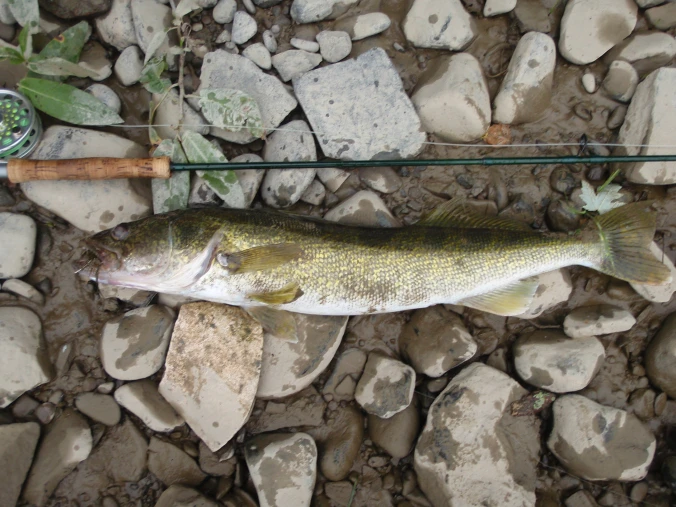
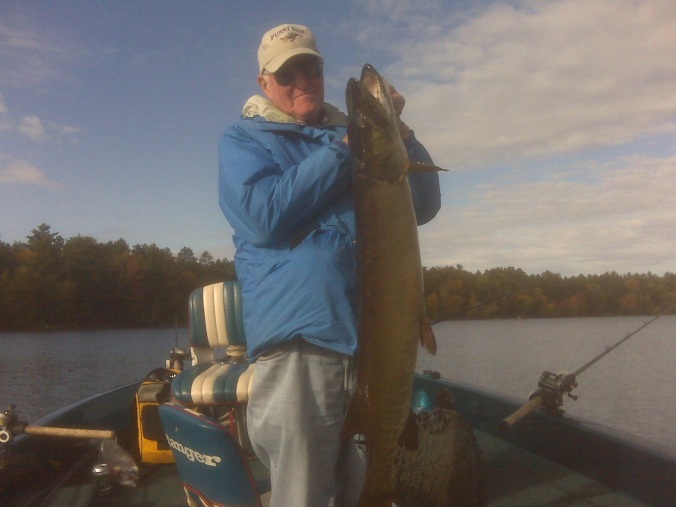
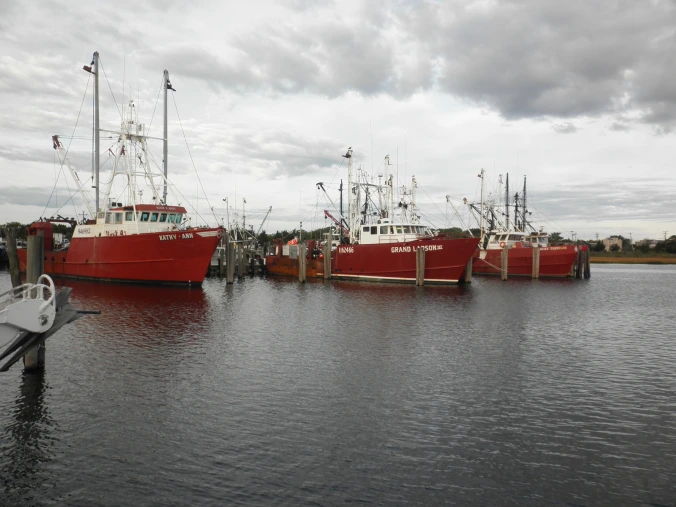
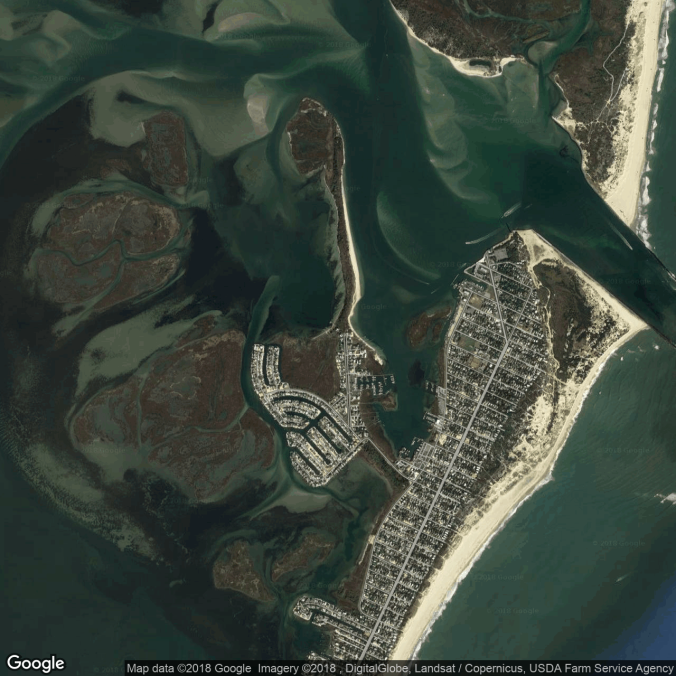
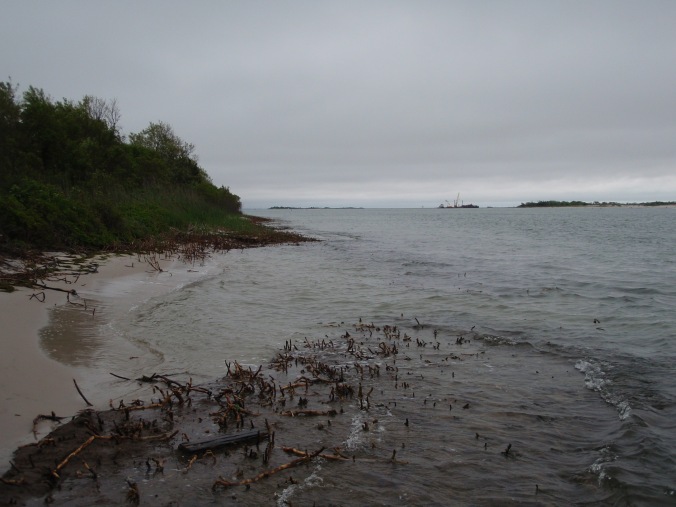
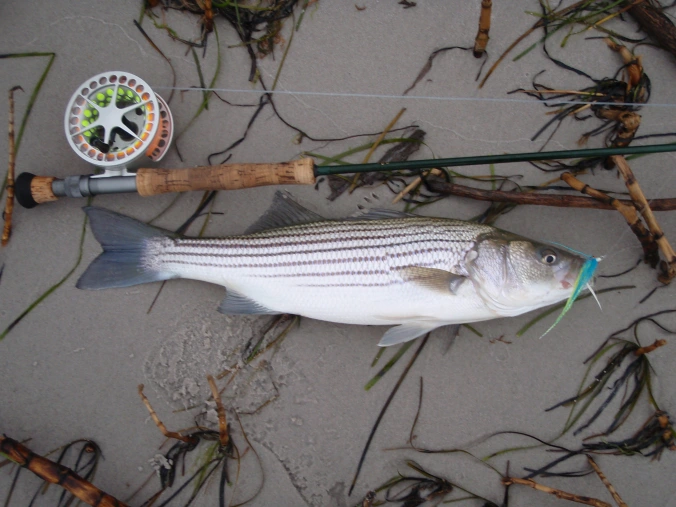
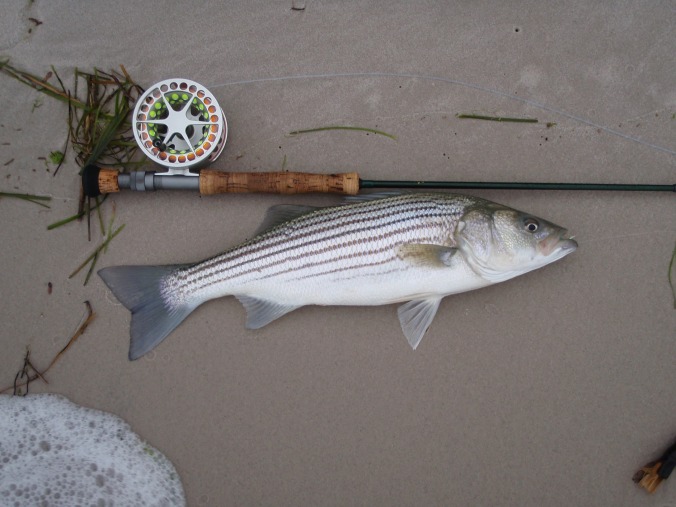
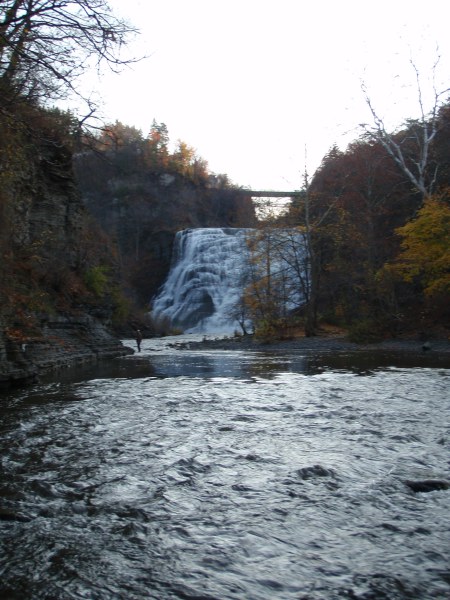















Recent Comments